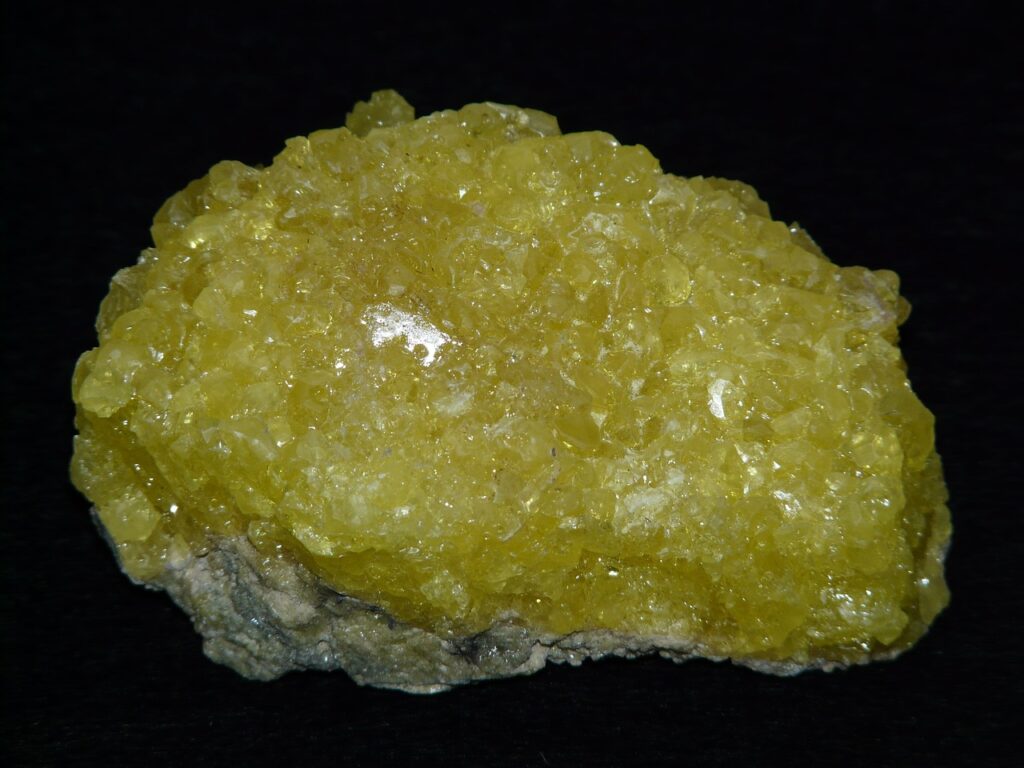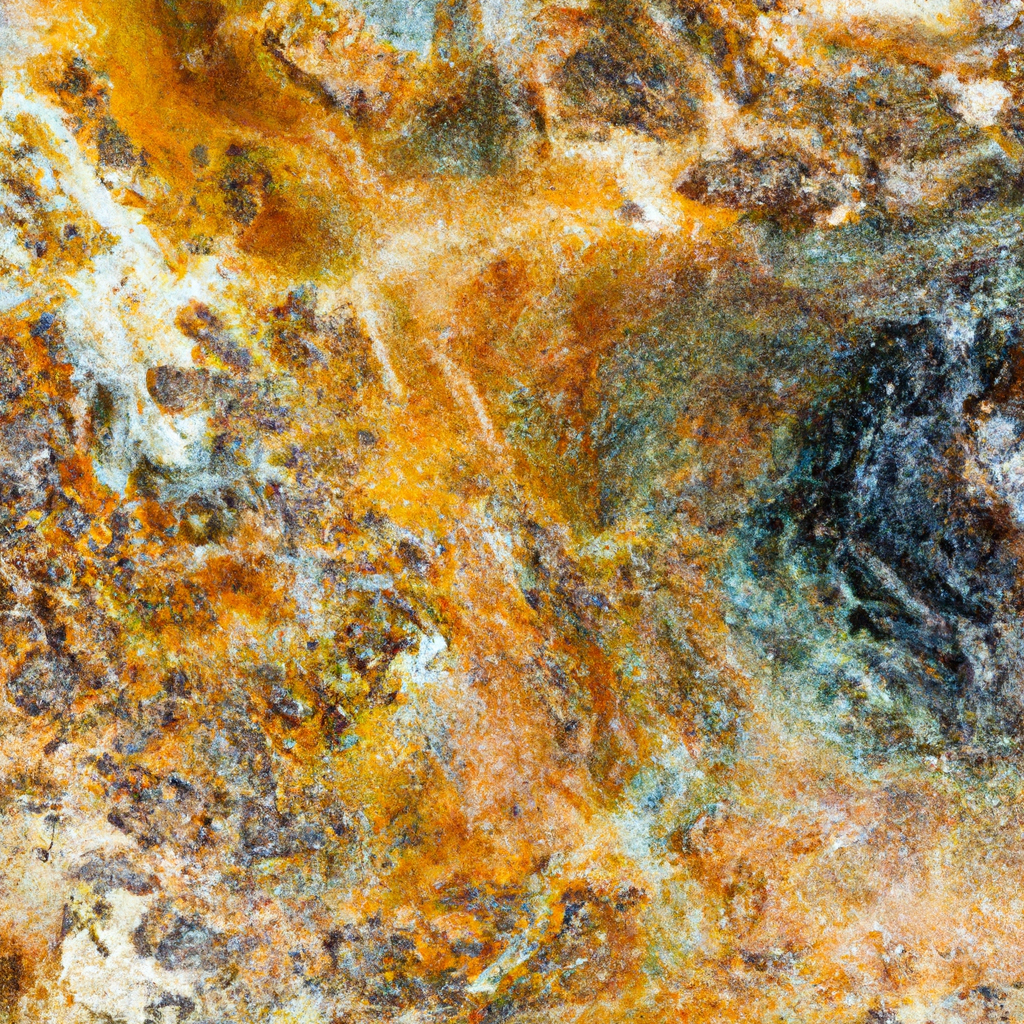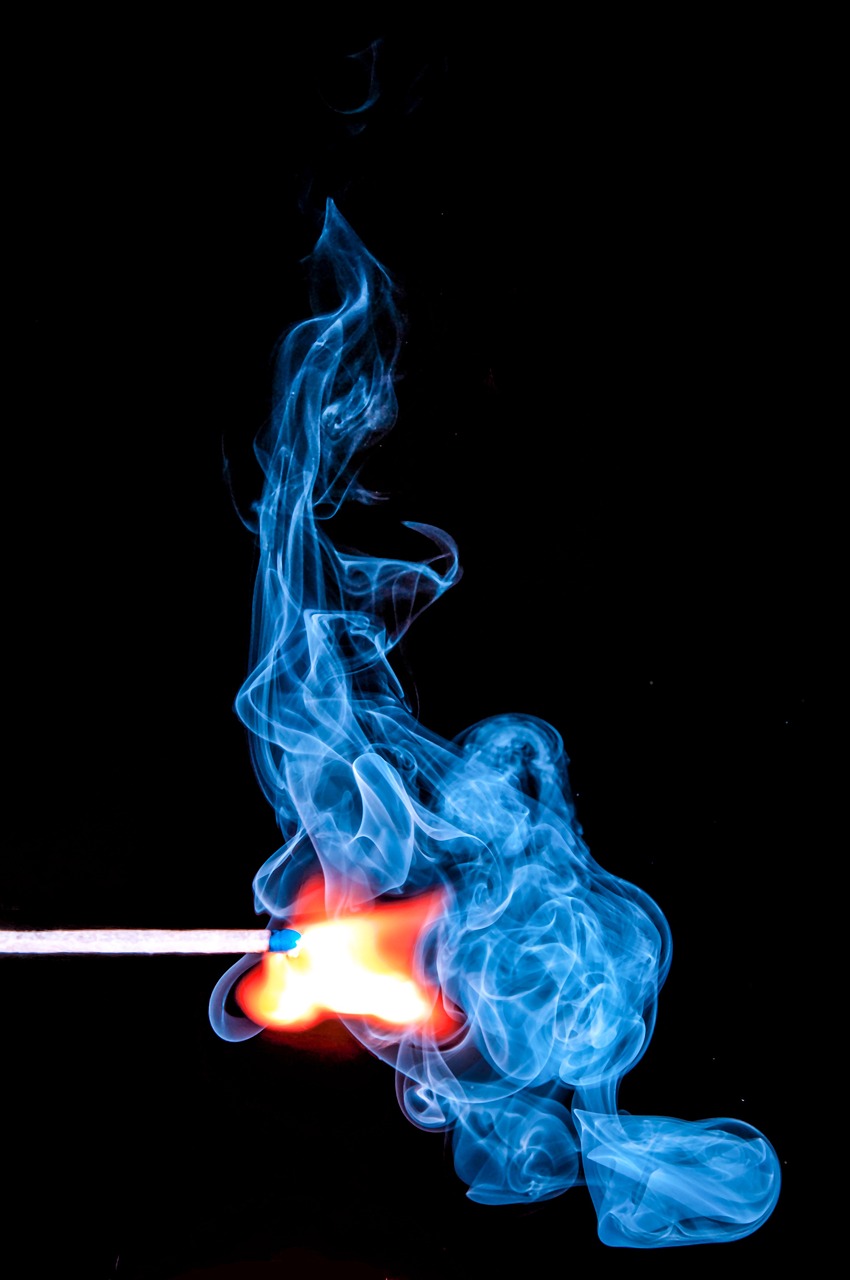Imagine stepping into a natural hot spring, feeling the warmth envelope your body as the soothing waters take away your worries. As you breathe in the air, a distinct smell of sulfur fills your nostrils. Curiosity takes hold as you wonder why some hot springs emit this pungent odor. In this article, we will unravel the mysteries behind the sulfur scent and discover what it signifies in the world of geothermal wonders. So, prepare to delve into the intriguing world of hot springs and uncover the secrets behind their unique aroma.
024.jpg" title="Why Some Hot Springs Smell Of Sulfur And What It Means" alt="Why Some Hot Springs Smell Of Sulfur And What It Means" style="max-height: 500px; max-width: 100%;" />
Chemical Composition of Hot Springs
Hot springs are natural formations of water that emerge from the ground, usually heated by geothermal activity. What gives some hot springs their distinctive odor is the presence of sulfur compounds. Sulfur is a chemical element with a strong odor reminiscent of rotten eggs. In hot springs, sulfur compounds are found in the form of sulfurous gases and sulfate minerals.
Sulfur Compounds in Hot Springs
Sulfur compounds are abundant in hot springs and are responsible for the characteristic smell. These compounds include hydrogen sulfide (H2S), sulfur dioxide (SO2), and other volatile sulfur compounds. The concentration of sulfur compounds varies from one hot spring to another, leading to variations in the strength of the sulfur odor.
Sulfurous Gases
Hydrogen sulfide is one of the most common sulfur compounds found in hot springs. It is a colorless gas with a distinct smell of rotten eggs. Sulfur dioxide, another sulfur compound, is also present in some hot springs. These gases are released into the air and contribute to the sulfur smell around hot springs.
Sulfate Minerals
Apart from sulfurous gases, hot springs also contain sulfate minerals. Sulfate minerals are formed when sulfuric acid reacts with other minerals present in the hot spring water. These minerals include gypsum, alunite, and jarosite. Although sulfate minerals do not directly contribute to the sulfur smell, they are an essential part of the chemical composition of hot springs.
Volcanic Activity and Sulfur Emissions
There is a strong connection between volcanic activity and hot springs with sulfur odor. Volcanoes are often associated with geothermal systems, which provide the heat source for hot springs. The release of sulfur emissions from volcanic activity greatly influences the sulfur content in hot springs.
Connection between Volcanoes and Hot Springs
Hot springs and volcanoes are both manifestations of geothermal activity. The heat from volcanic activity can warm underground water, creating hot springs. The same geothermal processes that create hot springs also release sulfur gases from the Earth’s interior. Therefore, volcanic activity plays a significant role in the presence of sulfur compounds in hot springs.
Release of Sulfur Dioxide
Volcanic eruptions release large amounts of sulfur dioxide into the atmosphere. Sulfur dioxide can combine with water vapor and other compounds to form sulfurous gases. These gases can dissolve in hot spring water, contributing to the sulfur odor. In areas with high volcanic activity, hot springs are more likely to have a stronger sulfur smell due to the higher levels of sulfur dioxide emissions.
Distribution of Sulfur Emissions
The distribution of sulfur emissions from volcanic activity can greatly impact the sulfur content in hot springs. Prevailing wind patterns can carry sulfur emissions over long distances, affecting hot springs located far from the actual volcanic source. Therefore, even hot springs in non-volcanic regions can have sulfur compounds in their water, albeit in lower concentrations.
Bacterial Sulfur Metabolism
Bacteria play a crucial role in the sulfur cycle of hot springs. Certain bacteria are specialized in metabolizing sulfur compounds, contributing to the presence of sulfur in hot springs and the distinctive odor.
Role of Sulfate-Reducing Bacteria
Sulfate-reducing bacteria are microorganisms that can convert sulfate ions into hydrogen sulfide gas. These bacteria thrive in anaerobic environments, such as the sediments found in hot springs. By reducing sulfate, they produce hydrogen sulfide, which adds to the sulfur content and smell of the hot spring water.
Hydrogen Sulfide Production
Sulfate-reducing bacteria employ unique enzymes to break down sulfate ions and produce hydrogen sulfide. This process is essential for the overall sulfur metabolism in hot springs. The hydrogen sulfide produced by these bacteria can directly contribute to the sulfur odor in hot springs.
Growth Conditions for Bacteria
Sulfate-reducing bacteria require specific environmental conditions for optimal growth. These conditions include the presence of sulfate ions, suitable temperature, and a lack of oxygen. The interaction between these bacteria and their environment ultimately determines the sulfur content and odor of hot springs.
Environmental Factors Affecting Sulfur Odors
Several environmental factors can influence the strength of sulfur odors in hot springs. These factors include temperature, pH levels, and oxygen availability.
Temperature and Volatile Sulfur Compounds
Temperature plays a significant role in the release of volatile sulfur compounds from hot springs. As the temperature increases, the solubility of sulfur compounds reduces, leading to their release into the air. This release of volatile sulfur compounds contributes to the characteristic sulfur smell around hot springs.
pH and Hydrogen Sulfide Odor
The pH level of hot spring water can affect the intensity of the hydrogen sulfide odor. In slightly acidic conditions, hydrogen sulfide is more likely to exist in a gaseous form and thus be more noticeable. On the other hand, in alkaline conditions, hydrogen sulfide may be less detectable due to its tendency to form other sulfur compounds.
Oxygen Availability and Sulfate Reduction
The availability of oxygen in hot springs can impact the metabolism of sulfate-reducing bacteria. When oxygen is present, these bacteria may not actively produce hydrogen sulfide, resulting in a milder sulfur odor. In contrast, in oxygen-depleted environments, the activity of sulfate-reducing bacteria increases, leading to a stronger sulfur odor.

Health Impacts of Sulfur Odors
While the sulfur odor associated with hot springs may be unpleasant to some, it does not necessarily pose a significant health risk. However, certain individuals, particularly those with pre-existing respiratory conditions, may experience some health effects from prolonged exposure to sulfur odors.
Potential Irritation and Respiratory Effects
Inhaling sulfur odors can sometimes cause irritation to the respiratory system, leading to symptoms such as coughing and throat irritation. However, these effects are usually temporary and subside once the exposure to sulfur compounds is removed. Individuals with asthma or other respiratory conditions may be more sensitive to these effects and should take precautions when visiting hot springs with a stronger sulfur odor.
Sulfur Odors and Asthma
For individuals with asthma, exposure to sulfur odors can potentially trigger asthma symptoms. This is due to the irritant nature of sulfur compounds, which can cause airway inflammation and constriction. It is advisable for individuals with asthma to consult their healthcare provider before visiting hot springs to assess any potential risks and determine appropriate preventive measures.
Short-term vs. Long-term Exposure
While acute exposure to sulfur odors in hot springs may cause temporary discomfort, long-term exposure is unlikely to pose significant health risks. Hot springs with moderate sulfur odors are generally safe to visit, as the concentration of sulfur compounds is usually within acceptable limits. However, individuals with pre-existing health conditions should exercise caution and be mindful of their personal sensitivity to sulfur odors.
Benefits of Sulfur in Hot Springs
Despite the distinctive smell, sulfur in hot springs offers several benefits for our health and well-being. The therapeutic properties of sulfur, as well as its positive effects on skin and hair health, make hot springs with sulfur content popular destinations for relaxation and stress relief.
Therapeutic Properties
Sulfur has long been recognized for its healing properties. When absorbed through the skin, sulfur can have various therapeutic effects. It is believed to have anti-inflammatory properties, which may help soothe joint pain and muscle soreness. Sulfur is also known for its potential antibacterial and antifungal properties, making it beneficial for certain skin conditions.
Skin and Hair Health Benefits
Soaking in hot springs with sulfur content has been reported to improve the health of the skin and hair. Sulfur can help regulate sebum production in the skin, reducing excess oiliness and promoting a clearer complexion. Additionally, sulfur has been linked to the promotion of collagen synthesis, leading to improved skin elasticity and reduced signs of aging. Hot springs with sulfur-infused water may also provide benefits for scalp conditions and promote healthier hair growth.
Relaxation and Stress Relief
Hot springs, in general, offer a serene and natural setting for relaxation and stress relief. The combination of warm water and sulfur-infused air can create a soothing and therapeutic experience. The calm and tranquil ambiance of hot springs, coupled with the potential benefits of sulfur, make them popular destinations for individuals seeking a rejuvenating experience and relief from everyday stress.

Popular Hot Springs with Sulfur Odor
Hot springs with sulfur odor can be found all around the world. Some of the most popular hot spring destinations known for their distinctive sulfur smell include Yellowstone National Park in the USA, Rotorua in New Zealand, and Hells Gate in Iceland.
Yellowstone National Park, USA
Yellowstone National Park is renowned for its geothermal features, including hot springs. The park’s famous “Old Faithful” geyser is surrounded by numerous hot springs, many of which have a noticeable sulfur smell. The presence of sulfur compounds in these hot springs adds to the unique experience of visiting Yellowstone’s geothermal areas.
Rotorua, New Zealand
Rotorua is a city on New Zealand’s North Island known for its geothermal activity. The region is home to several hot springs, mud pools, and geysers. The hot springs in Rotorua often have a strong sulfur odor due to the high levels of sulfur compounds present. Despite the smell, Rotorua’s hot springs attract visitors worldwide who come to experience the therapeutic and cultural significance of these natural wonders.
Hells Gate, Iceland
Iceland is a country known for its geothermal energy and natural hot springs. One of the most famous hot spring destinations in Iceland is Hells Gate, located in the Hveragerði region. Hells Gate offers a unique experience with its mud pots and steaming hot springs. The sulfur smell adds to the otherworldly ambiance of Hells Gate, making it a popular attraction for locals and tourists alike.
Historical and Cultural Significance
Sulfur has a long history of being regarded as a sacred element and has been associated with traditional healing practices in various cultures around the world. Hot springs with sulfur content have played a significant role in historical and cultural practices.
Sulfur as a Sacred Element
Sulfur has been revered as a sacred element in many cultures. Ancient civilizations believed that sulfur had spiritual and purifying qualities. It was often associated with gods and used in religious ceremonies. The presence of sulfur in hot springs adds to their mystical and revered status, contributing to their cultural significance.
Traditional Healing Practices
Hot springs with sulfur content have been used for centuries as natural healing centers. The therapeutic properties of the sulfur-infused water were believed to alleviate various ailments, ranging from skin conditions to arthritis. Traditional healing practices often involved bathing in hot springs and using the mineral-rich mud for medicinal purposes.
Cultural Uses in Different Regions
Different regions have their unique cultural uses of hot springs with sulfur odor. In Japan, for example, hot spring bathing, known as “onsen,” is deeply ingrained in the culture and is considered a form of relaxation and purification. Similarly, in certain European countries, such as Iceland and Hungary, hot springs with sulfur content are valued for their medicinal properties and are incorporated into wellness rituals and therapies.

Methods to Mask or Reduce Sulfur Odor
While the sulfur odor in hot springs is part of their natural charm, some people may find it overpowering. Various methods are used to mask or reduce the sulfur odor, ensuring a more pleasant experience for visitors.
Water Treatment Techniques
Water treatment techniques can be employed to reduce the sulfur odor in hot springs. Filtration systems and chemical treatments can remove sulfur compounds from the water, minimizing their release into the air. These treatments aim to maintain the therapeutic properties of the hot spring water while mitigating the intensity of the sulfur smell.
Aeration and Oxidation
Aeration and oxidation processes involve introducing air into the hot spring water. This enables the conversion of hydrogen sulfide gas into less odorous compounds. By increasing the oxygen content in the water, the occurrence of sulfate reduction by bacteria can be minimized, resulting in a milder sulfur odor.
Addition of Chemicals
In some cases, the addition of chemicals can help control the sulfur odor in hot springs. For example, the addition of chlorine or other oxidizing agents can neutralize the sulfur compounds, reducing their smell. However, care must be taken to ensure that the added chemicals do not impact the therapeutic properties of the hot spring water.
Conclusion
The sulfur odor found in some hot springs is a result of the presence of sulfur compounds such as hydrogen sulfide and sulfur dioxide. This odor is influenced by volcanic activity, bacterial sulfur metabolism, and various environmental factors. While the smell may be strong and distinct, it does not pose significant health risks for most individuals. In fact, hot springs with sulfur content offer a range of therapeutic benefits and contribute to the relaxation and well-being of visitors. These hot springs have historical and cultural significance, and their unique sulfur odor adds to the overall experience. Whether you are seeking a natural remedy for skin conditions or looking to unwind in a serene setting, hot springs with sulfur odor provide an opportunity to rejuvenate both body and mind. So, embrace the smell of sulfur and dive into the soothing waters of these remarkable natural wonders.

